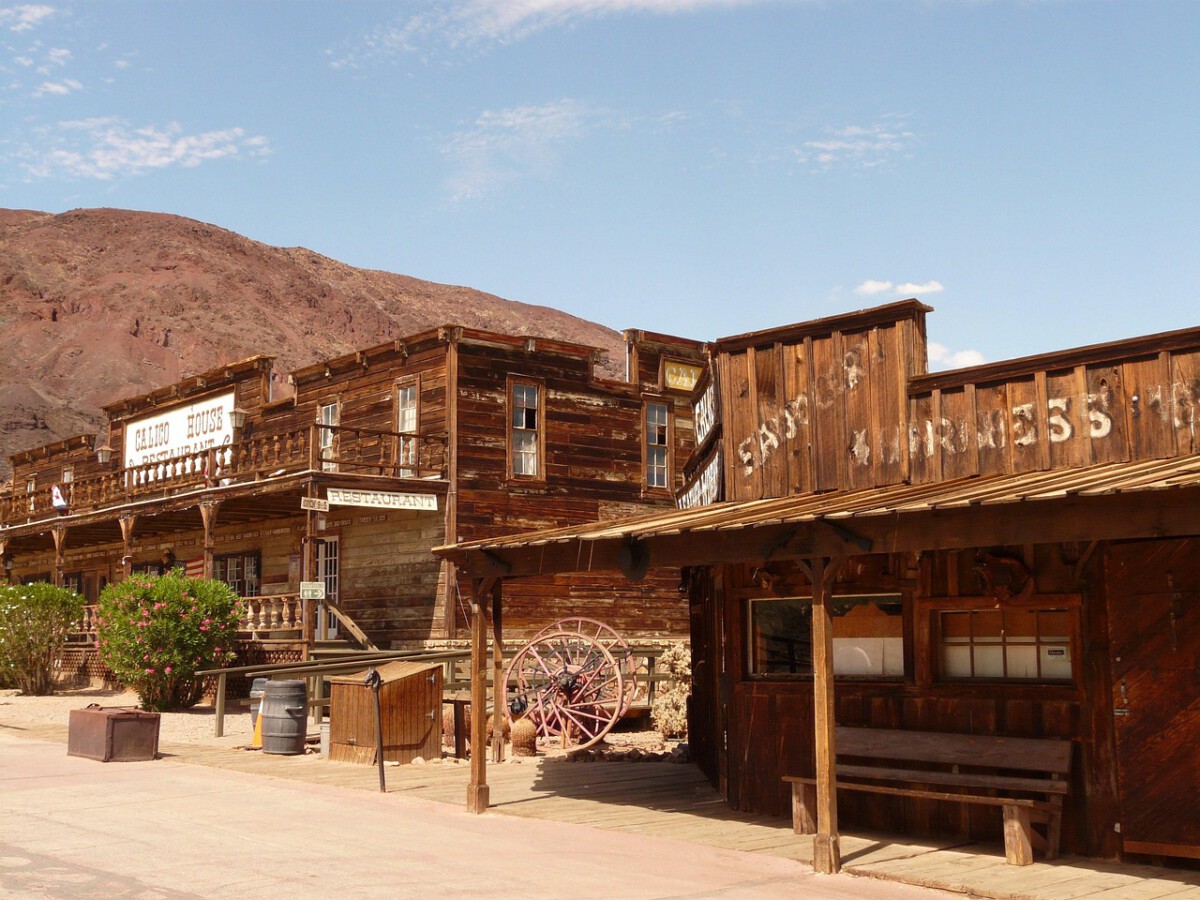Understanding the Budget Travel Concept
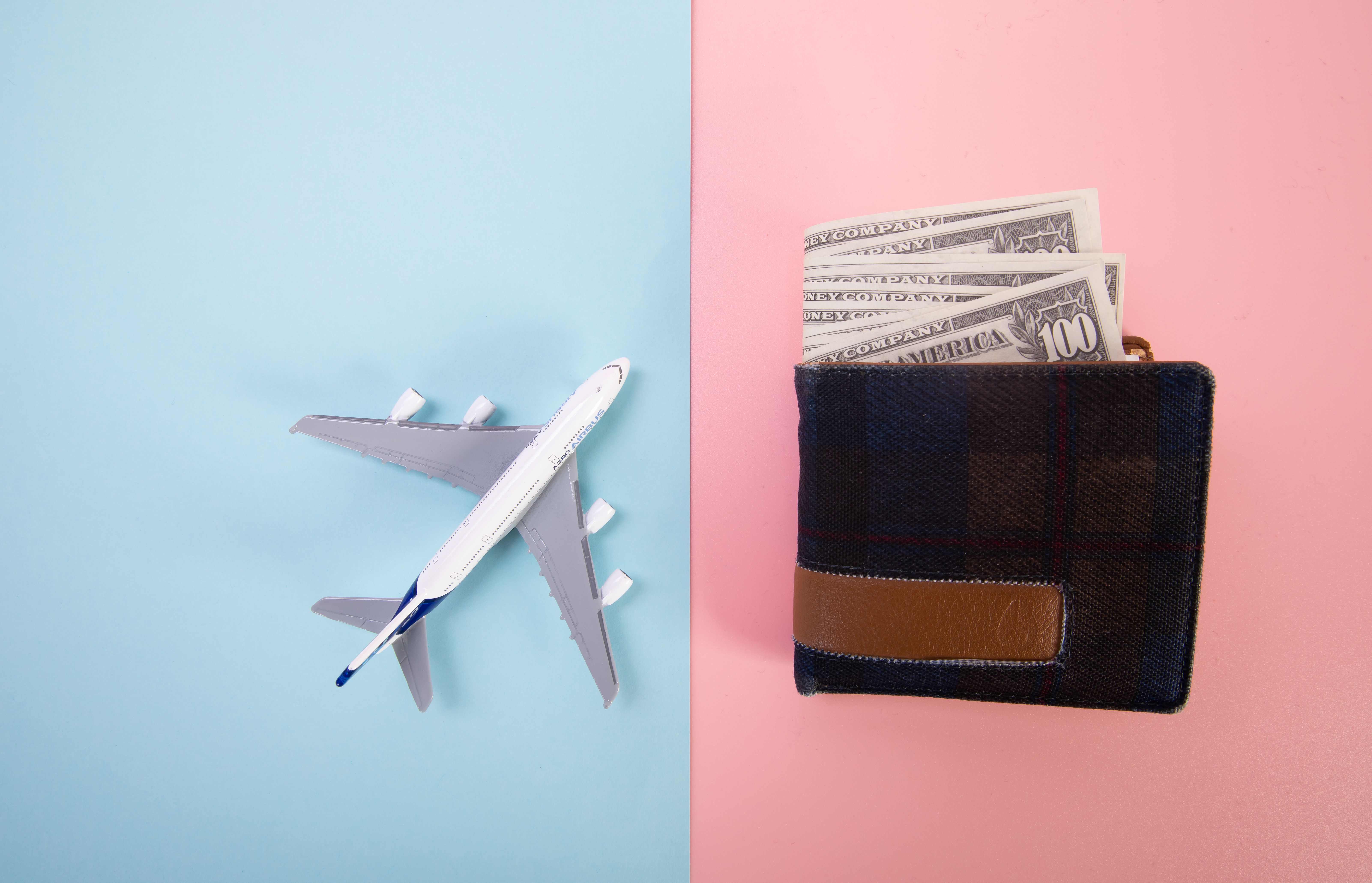
The rise of budget travel has reshaped the way people explore the world, making it accessible to those who might have otherwise considered travel out of reach. In 2024, a survey by the Travel Association found that over 60% of travelers are now deliberately seeking cost-saving strategies and are prioritizing experiences over luxury. This shift is driven by a combination of economic uncertainty and the increasing popularity of minimalist lifestyles. Many travelers are finding creative ways to stretch their dollars, such as staying in shared accommodations or choosing off-the-beaten-path destinations. The trend is also fueled by social media, where budget travel influencers share tips and itineraries that make travel on a shoestring seem not only possible, but exciting. Prioritizing local experiences, public transport, and authentic eateries often leads to deeper cultural immersion at a fraction of the cost of mainstream tourism. With careful planning and a willingness to forego frills, traveling for a week on $500 is not just a dream—it’s an attainable goal for many.
Choosing Your Destination Wisely
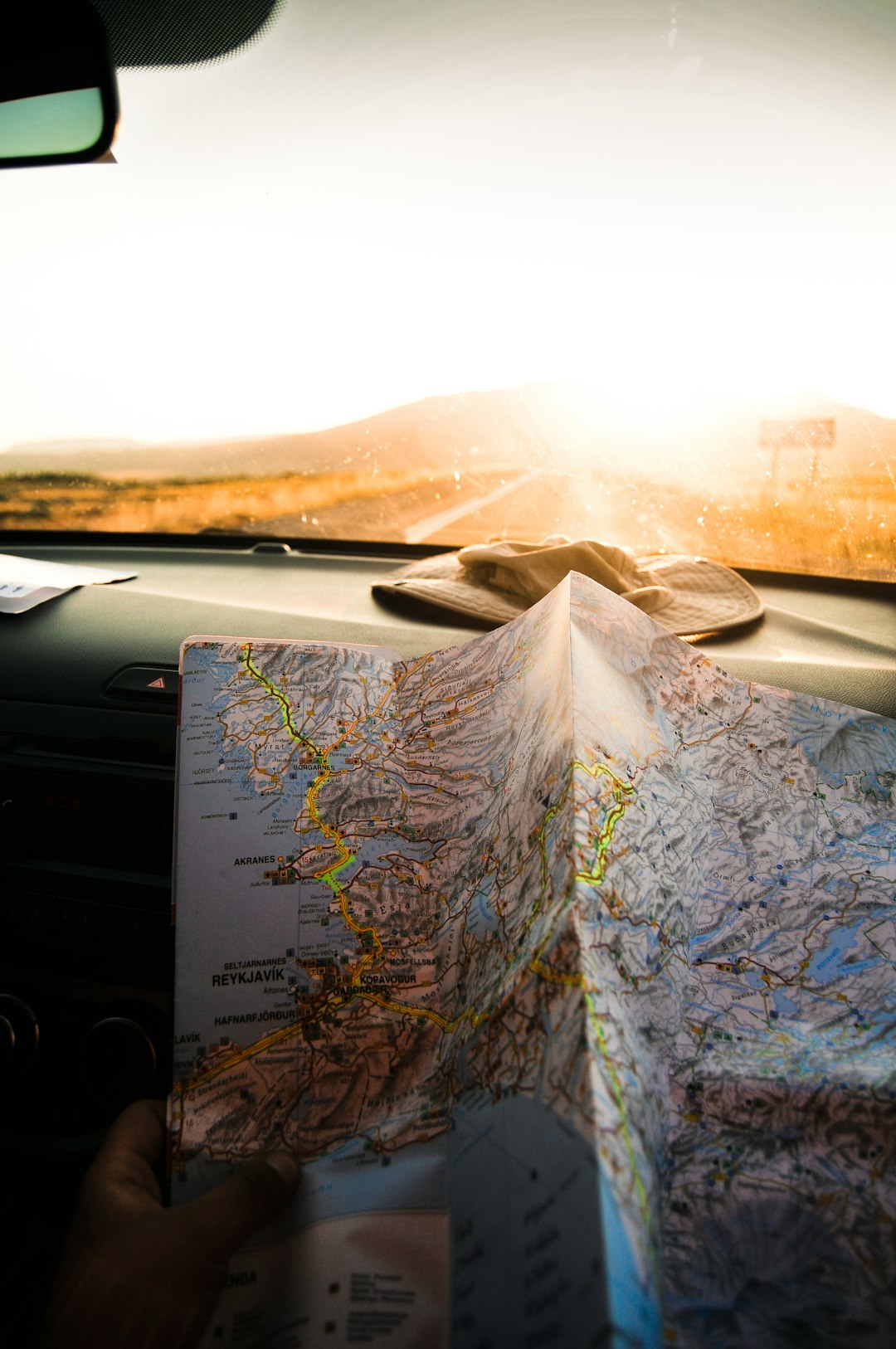
Picking the right place to visit is the single most important decision when sticking to a tight budget. The 2025 Budget Travel Index shows that destinations in Southeast Asia, such as Vietnam and Thailand, consistently offer daily costs ranging from $30 to $50 per traveler. These costs include accommodation, food, and transportation, making them attractive for budget-conscious adventurers. In contrast, cities like Paris or New York can easily exceed $100 per day, quickly blowing through a $500 budget. Recent data indicates that regions in Eastern Europe and Central America are also emerging as budget-friendly hotspots, offering mid-range hotels for $20–$30 a night and local meals for under $5. Airfare remains a variable, but by leveraging budget airlines and flexible travel dates, significant savings can be achieved. Researching local currency fluctuations, visa fees, and seasonal weather patterns can also help narrow down the most wallet-friendly options. Choosing destinations where your currency stretches further is a cornerstone of successful budget travel.
Finding Affordable Accommodation
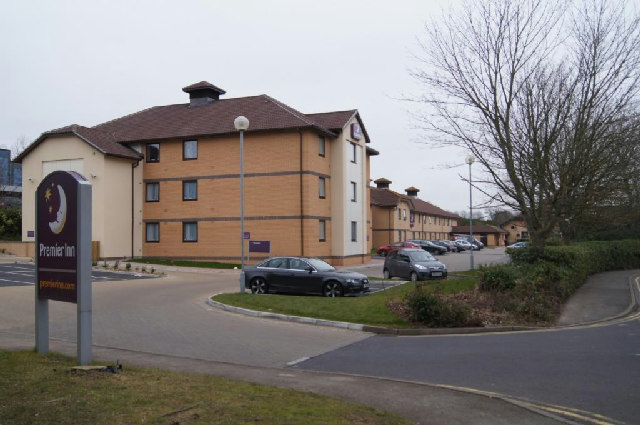
Securing a place to sleep doesn’t have to consume your whole budget, thanks to a growing market for affordable lodging. Hostelworld’s 2024 annual report highlighted a resurgence in hostel stays, with nightly rates averaging $15–$25 in many Asian and Latin American countries. Airbnb continues to offer private rooms and shared spaces for similar prices, especially outside major tourist hubs. House-sitting platforms have seen a 30% increase in listings in 2024, allowing travelers to stay rent-free in exchange for caring for pets or plants. Couchsurfing remains a viable option, with its global community of hosts providing free accommodation in exchange for cultural exchange and conversation. Local guesthouses, often family-run, provide authentic experiences for less than chain hotels, and many include breakfast or home-cooked meals. Travelers are also turning to university dorms during school holidays, where rooms can be rented at a fraction of the price of hotels. By mixing and matching these options, accommodation costs can be kept under $150 for a full week.
Eating Well Without Breaking the Bank
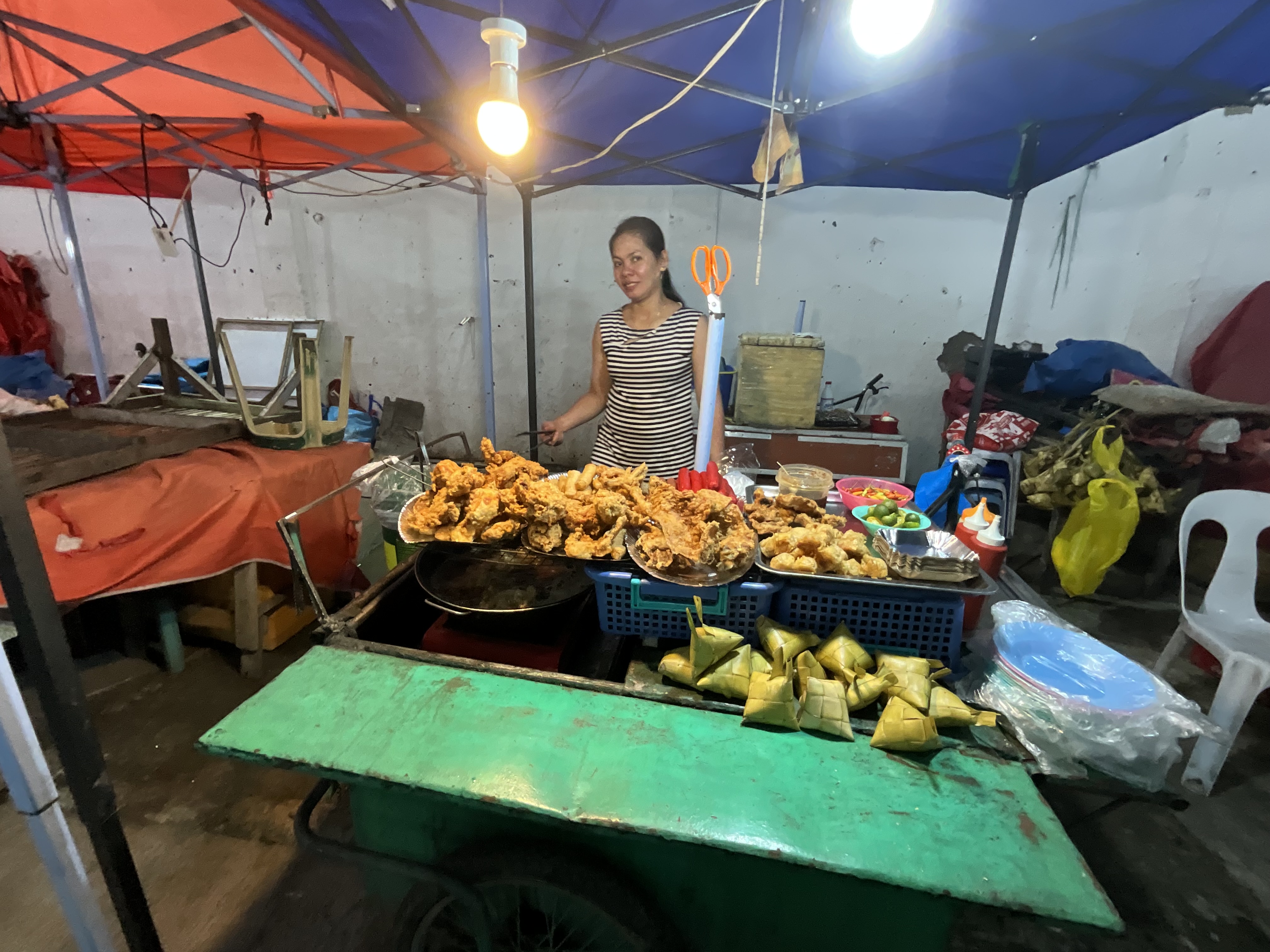
Sampling local cuisine is a highlight of travel, but eating out at every meal can quickly bust a budget. The 2025 Food Travel Trends report reveals that street food and local markets remain the most affordable and authentic options for meals, with many countries offering meals for $3–$6. In Bangkok, for example, a bowl of noodles or curry can cost less than $2, while in Mexico City, tacos from a street vendor average $1 each. Many hostels and guesthouses provide communal kitchens, empowering travelers to cook some of their own meals after shopping at local markets. Supermarkets and bakeries are also useful for picking up snacks and picnic supplies, reducing reliance on restaurants. Apps like Too Good To Go, which connects users with discounted surplus food from local eateries, have surged in popularity in European cities. Recent research shows that travelers who mix self-catering with occasional dining out spend 40% less on food. By planning ahead and embracing local eating habits, it’s possible to enjoy delicious, authentic meals on a budget of $10–$15 per day.
Free and Low-Cost Activities

Making the most of your trip doesn’t have to involve expensive tours or attractions. The 2024 Travel Experiences Association survey showed that 45% of travelers now prioritize free activities, such as guided walking tours, public parks, and cultural festivals. Many cities host free museum days, where admission fees are waived, as well as open-air concerts and community events. Hiking and beachcombing offer access to nature without any cost, while historic city centers and markets can be explored on foot for hours. Mobile apps like Meetup and Eventbrite list free gatherings, workshops, and language exchanges that foster local connections. In 2024, the rise of “pay-what-you-wish” tours has made it easier to access high-quality guides without a fixed price tag, letting travelers tip according to their means. City tourism offices frequently publish lists of free events and attractions, providing valuable resources for budget travelers. Prioritizing these experiences ensures a rich, memorable trip without overspending.
Travel Insurance: A Necessary Expense?
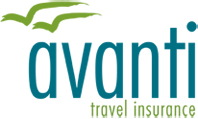
Though it may seem counterproductive to spend money when trying to save, travel insurance can be a vital safety net. According to the Global Insurance Association’s 2024 report, 40% of insured travelers reported averting significant financial losses from trip cancellations, medical emergencies, or lost baggage. Entry requirements in over 50 countries now mandate some form of travel health insurance, especially in light of post-pandemic regulations. Affordable plans tailored to budget travelers are now widely available, with weeklong coverage starting at $15–$25, according to policy comparison sites. Some credit cards provide complimentary insurance benefits, which can further reduce costs. Data from 2024 shows that uninsured travelers faced average emergency medical expenses of $250 for minor incidents, far exceeding the cost of basic insurance. Choosing the right policy involves comparing coverage limits, exclusions, and emergency support options. Factoring in insurance as a fixed expense ensures peace of mind and protects the limited travel budget from unexpected setbacks.
Real-Life Case Studies: Successful Budget Travelers

Real-world examples drive home the fact that a $500, seven-day trip is entirely possible with the right strategy. In February 2025, travel blogger Sarah Kim documented her weeklong journey through Vietnam, with total expenses of just $480—her meticulous planning included overnight trains, street food, and hostel stays averaging $14 per night. A family of four chronicled their adventure across Guatemala, spending $450 by opting for local chicken buses, shopping at town markets, and using Airbnb for multi-night discounts. According to a 2024 feature in Budget Travel Magazine, digital nomad Alex Brown managed seven days in Portugal for $495, thanks to off-season travel and volunteering at a hostel in exchange for a free bed. These case studies consistently highlight the importance of destination selection, advance research, and adaptability. They also underline the growing community of travelers sharing resources and advice online, empowering others to replicate their cost-saving methods. Such stories prove that with determination and smart decisions, a week’s worth of adventure on $500 is well within reach.




